- The Need for Research in Medicine
- Required and Opt-in Curriculum
- At a Glance
- What exactly will I learn?
- Meet the Research Team
- Current Projects
- FAQs
- IRB
The Need for Research in Medicine
Research is central to medical education because it develops students’ critical evaluation skills and helps them make evidence-based decisions. Research also fosters a deeper understanding of medical concepts, encouraging lifelong learning and a holistic perspective on healthcare.
Additionally, involvement in research enhances a student’s competitiveness and improves their CV (resume) and residency application (ERAS). Thus, at Noorda-COM, research begins during a student’s first year.
Required and Opt-in Curriculum
REQUIRED PARTICIPATION
Research Foundations (required all four years)
A series of required courses that teach the basics of clinical research and board-relevant research skills. (Research Foundations coursework decreases in intensity during a student’s third and fourth year because of rotations.) Research Foundations also includes participation in a faculty research mentorship if the student chooses.
Assignments and annual events (required all four years)
Required, culminating events that combine Research Foundations course and lab work, including our annual case study event and Noorda-COM Research Symposium.
OPTIONAL
Research mentorships: Students execute research projects in a faculty member’s lab. (A mentor “match” event is held at the beginning of the second semester.)
Research track: An opt-in, four-year-long emphasis that provides extra classes and opportunities in research, including a summer research project.
Research electives (optional for third and fourth-years enrolled in the research track): These courses provide students with advanced training, preparing them to be clinician-scientists in their targeted specialty.
Journal Club: A club that teaches students how to read, interpret, and apply scientific literature. (Journal Club attendance is mandatory for all research track students but also highly encouraged for non-research track students.)
External opportunities: Voluntary opportunities for students to join external research groups or present their research, abstracts, or posters nationwide. (Funds will be provided for students to attend local, regional, national, or international meetings as outlined in the Application for Noorda-COM Student Research Presentation Travel Funding.)
Looking for more? Read through our Student Research Handbook for in-depth descriptions of required (and optional) research curriculum.


What exactly will I learn?
Over four years, our students will receive experience in literature reviews, research methodologies, data collection, data analysis, and lab work; technical writing, abstract creation, grant writing, and research presentation. These curricular and lab experiences will help them graduate with “start to finish” research skills, including their name on published, scholarly research articles!
At Noorda-COM, we prioritize early-on research experiences because they bolster a student’s CV (resume) and residency application (ERAS) and prepare them to contribute to the advancement of medicine actively.
Looking for more? Read through our Student Research Handbook for in-depth descriptions of required (and optional) research curriculum.
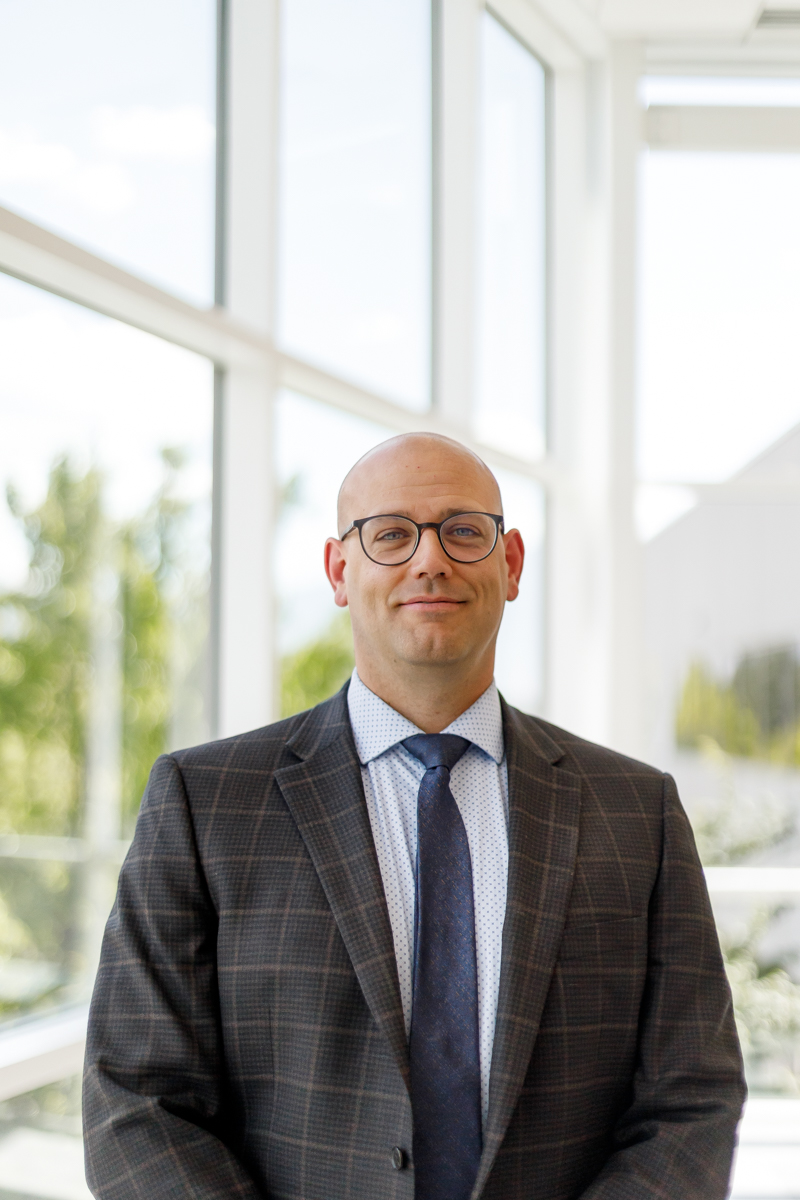
Kyle Bills, DC, PhD
Associate Dean of ResearchDr. Bills’ laboratory seeks to understand the neuroscience of peripheral neurological stimulation particularly as it relates to addiction. We study the non-canonical central hodology of spinal mechanoreceptors and their effects on the mesolimbic circuitry. We also place particular emphasis on translational applications for non-pharmacological interventions for addiction.
Email:kbbills@noordacom.org
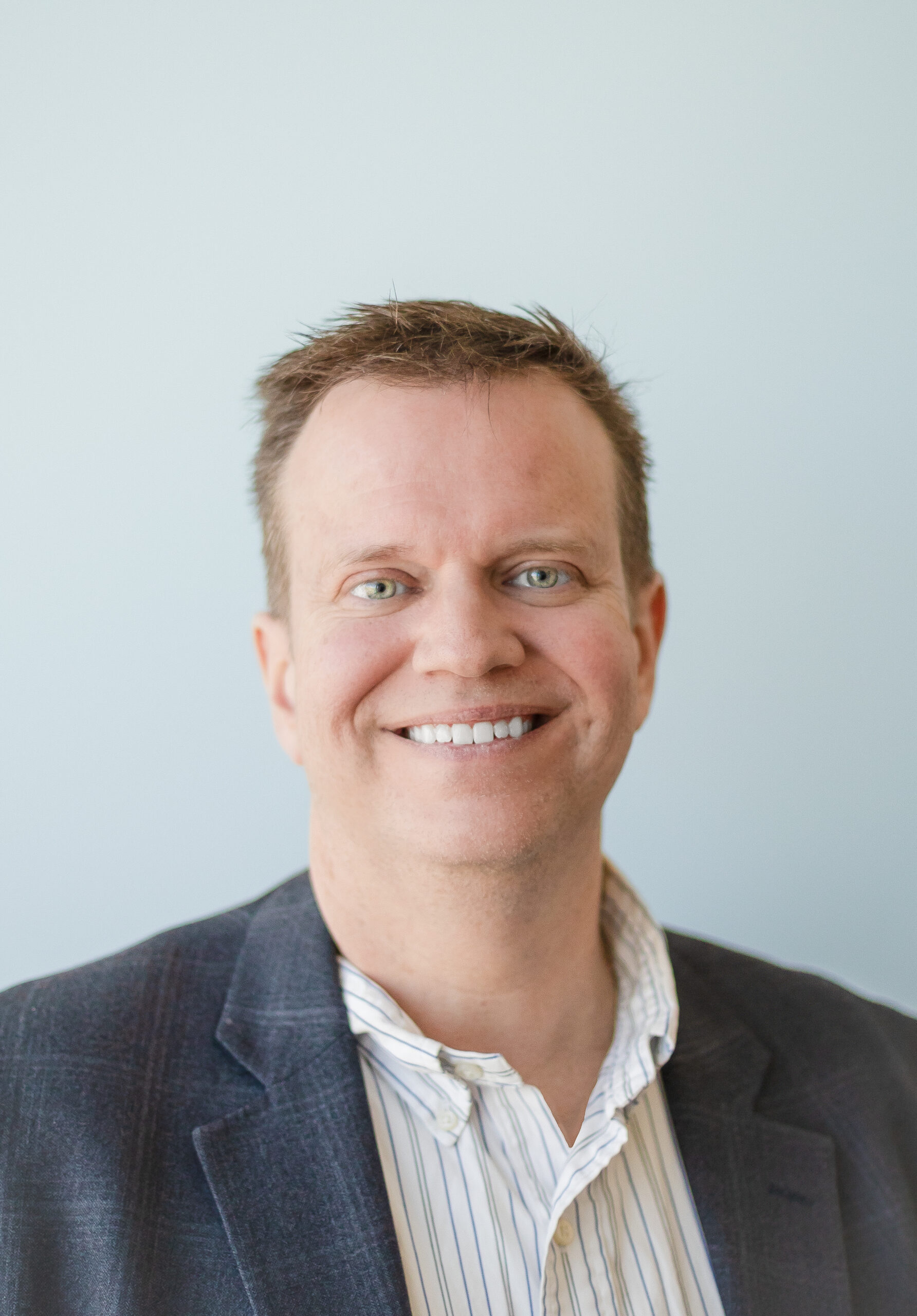
John A. Kriak, Pharm.D.
Senior Director of Biomedical Research & Sponsored Programs and Associate Professor of Biomedical & Clinical PharmacologyDr. Kriak’s laboratory focuses on the integration of Pharmacogenomics and AI technology in conjunction with existing patient data to improve medication response rates and treatment outcomes. We also focus on addressing existing gaps in healthcare data utilization and ways to facilitate better healthcare delivery.
Email:jakriak@noordacom.org
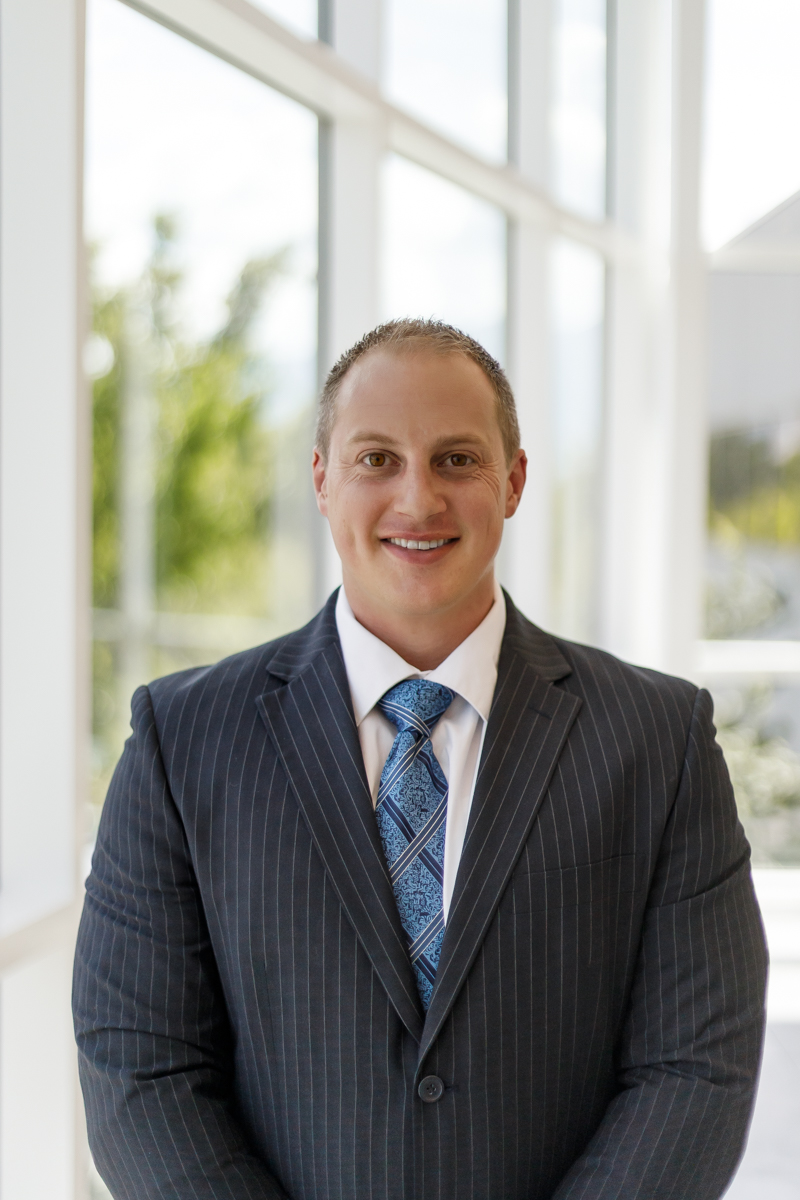
David Sant, PhD
Assistant Professor of GeneticsDr. Sant’s laboratory is focused on analysis of large datasets with a particular interest in genomic and epigenomic datasets. Much of his work has revolved around chromatin modification and DNA hydroxymethylation patterns and how they change in response to changes in cellular environment. Other projects have involved updating the Sequence Ontology and designing web-scraping programs to obtain and normalize genetic variant information from multiple clinical genetic variant databases.
Email:dwsant@noordacom.org
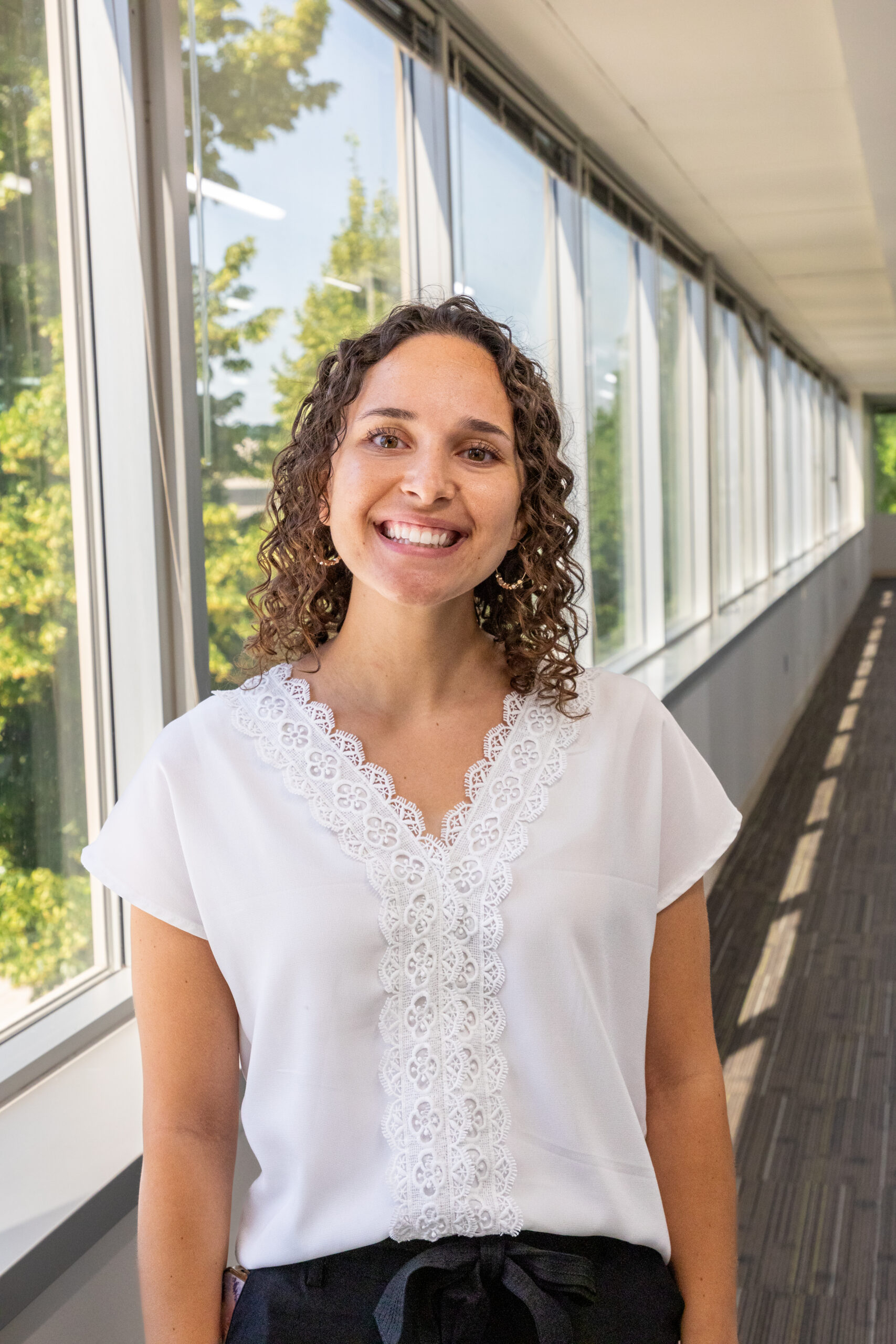
Christina Small, MS
Assistant Staff Scientist
Scott C. Steffensen, PhD
Grant-funded ResearcherDr. Steffensen’s laboratory primarily utilizes electrophysiology (both in vitro and in vivo) to measure and analyze the effects of substances on dopamine (DA) release in the nucleus accumbens (NAc) of the anterior forebrain. Understanding the effects of DA is vital to understanding addiction and also the eventual clinical development of treatment. He is an emeritus Professor of Neuroscience in Research & Biomedical Science at BYU.
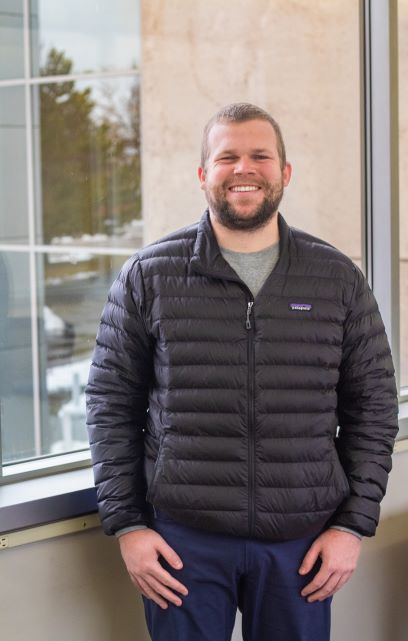
Michael Sullivan
Data EngineerCurrent Projects
Our students are engaged in a wide variety of research in the biomedical, clinical, and educational fields. Click here to see all our current projects!
FAQs
Want to know more about our internal assignments, symposiums, and case study day? Interested in CITI training or the mentorship process? Looking for information about lab experience and expectations? View our Student Research Handbook to learn more about research at Noorda-COM.
Institutional Review Board
Noorda-COM has an Institutional Review Board (IRB) to review and approve applications for research projects involving human subjects. Learn more about Noorda-COM’s IRB and its submission guidelines here.


